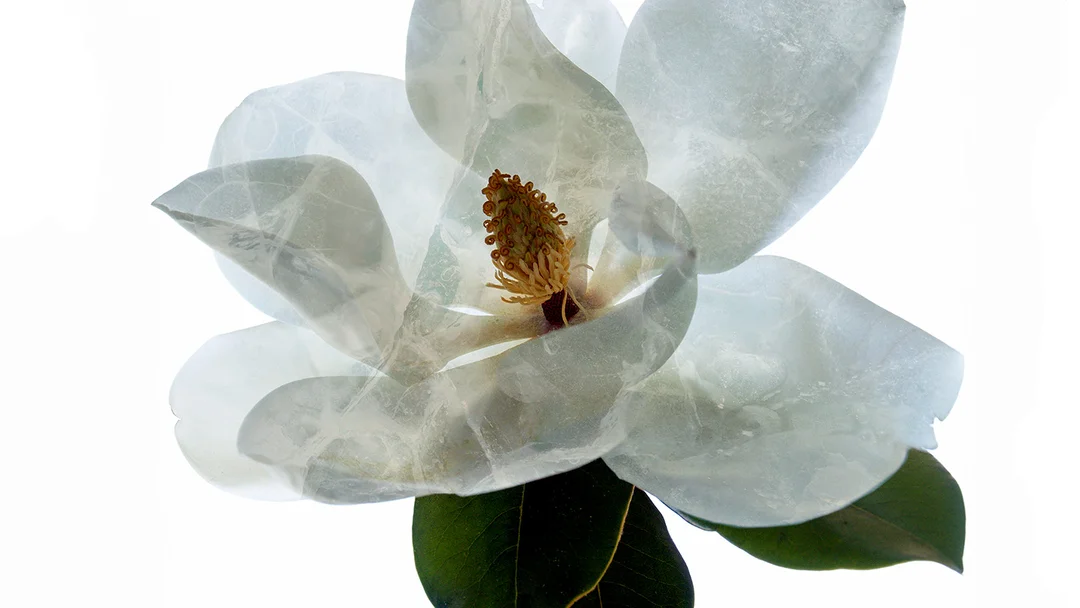
Cryopreservation: A Frozen Hope for Endangered Plants
In a race against time, scientists are turning to cryopreservation as a revolutionary method to combat plant extinction. Notably, the critically endangered Magnolia wolfii has drawn the attention of researchers like cryobiologist Raquel Folgado. This innovative technique may offer a lifeline to plants struggling for survival in the face of climate change and habitat loss.
In 1985, in the heart of a Colombian rainforest, botanist Jan Wolf and researcher Jan Klomp stumbled upon a rare species of magnolia now deemed critically endangered. Fast forward forty years, and only six adult Magnolia wolfii trees remain. The urgency to save such species is palpable, spurring scientists to explore uncharted territory in plant conservation. "Cryopreservation gives us the possibility of storing the plant until you need it back," Folgado states, underscoring its potential importance.

Unlike traditional seed banks, cryopreservation freezes plant tissues at ultra-low temperatures, effectively halting their biological clock. This process allows researchers to store genetic material of plants that fail to thrive in seed banks, including those that lack seeds altogether. Nevertheless, only about 1% of such plants have benefited from cryopreservation so far.

The technique isn't without its challenges. Each plant species requires a custom freezing protocol, and high initial costs deter some researchers. Yet the potential benefits are immense, as Folgado emphasizes that the investment could pay off within 10 to 15 years. This method can preserve not just plant genes, but also vital materials for future medicines.
The rich history of plant conservation adds complexity to the conversation. From the enchanting illustrations by botanist Charles Plumier in the 18th century to the modern-day Svalbard Global Seed Vault, which houses over 1.3 million seeds, the narrative of plant preservation has evolved. However, reliance on such storage methods directs attention away from the urgent need to conserve entire ecosystems.

The success stories are heartening. Scientists have revived ancient plant species from seeds discovered in remote icy landscapes. Still, experts caution against the notion that cryopreserved plants can exist without their natural habitat. The interconnectedness of ecosystems emphasizes that conservation cannot merely focus on individual species.
As climate change exacerbates the risks faced by these plants, the importance of cryopreservation cannot be overstated. The question remains: how effectively can we use this frozen garden to restore the natural world? Engaging in this dialogue is essential for a thriving future for our endangered flora.
Please share your thoughts in the comments below. How do you feel about the role of cryopreservation in plant conservation?